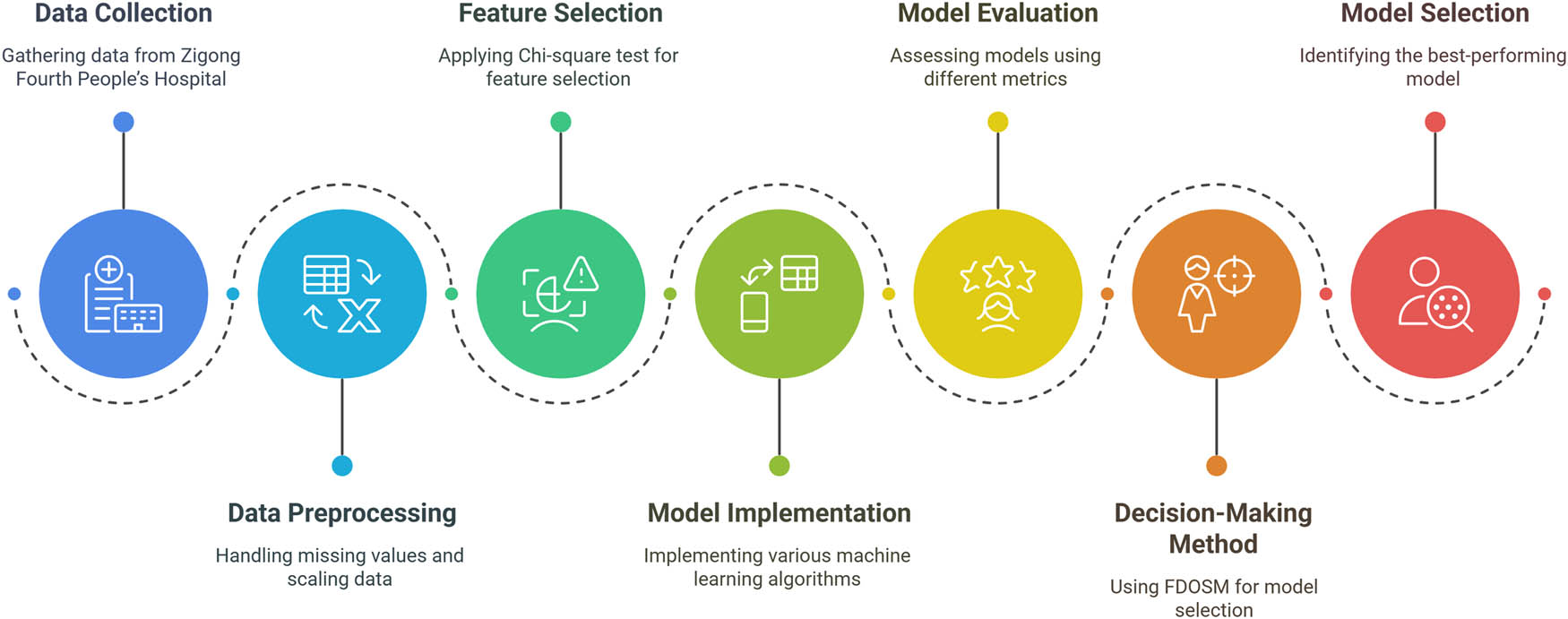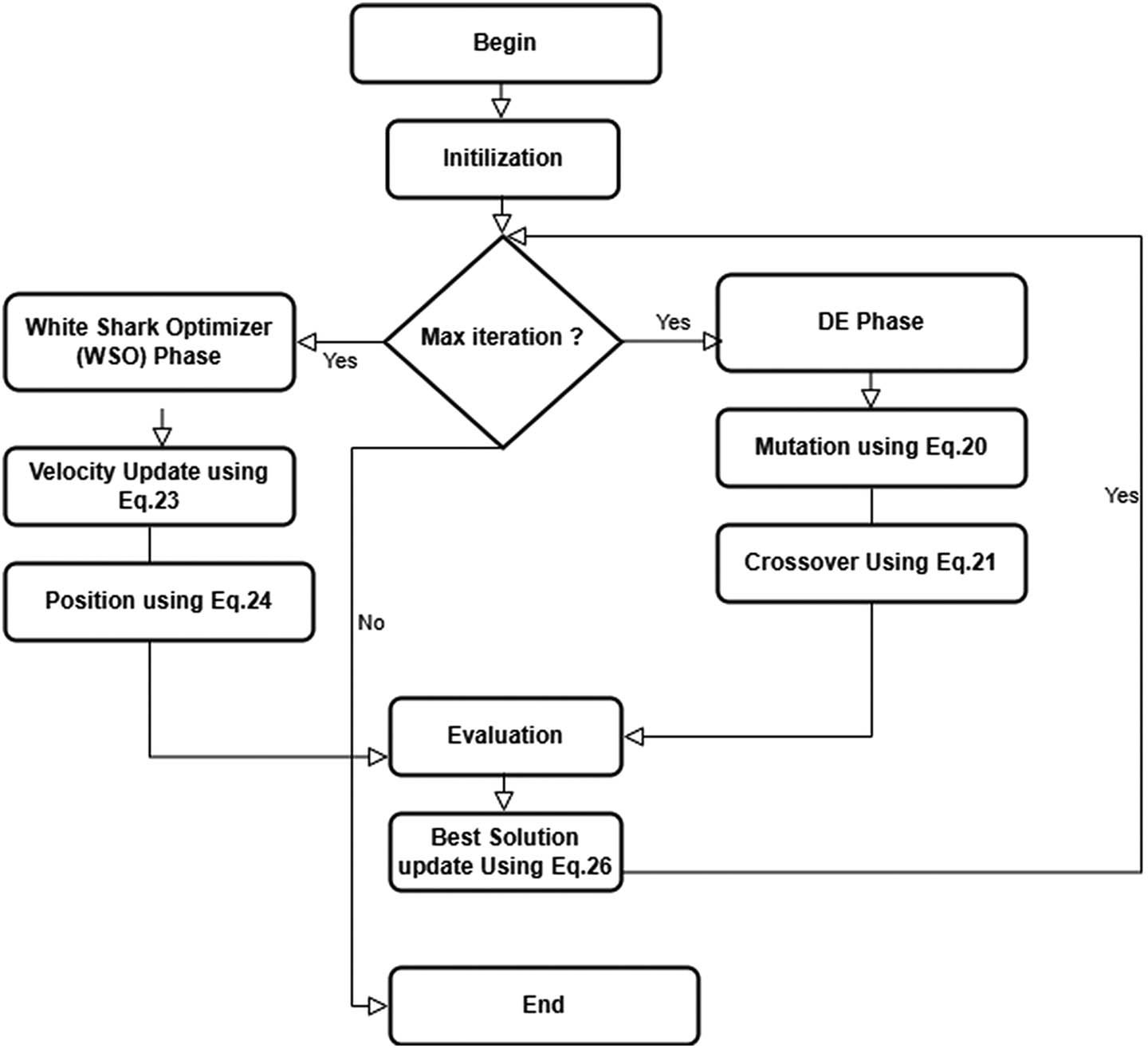With the acceleration of industrialization and the increase in the complexity of equipment, it is particularly important to accurately predict and effectively maintain equipment failures. In response to the problem of difficulty in accurately achieving predictive maintenance and the severely limited application range of new real-time disassembly sensors, this article conducts research on the synergistic effect of the new real-time disassembly sensors and artificial intelligence technology. First, relevant parameter data of a certain enterprise’s generator can be collected on-site, and the Pearson correlation coefficient method can be used to calculate the correlation between the generator data parameters and the target fault type, ensuring the degree of correlation in extracting data features. Then, based on the gated recurrent unit (GRU) model, the article applied the particle swarm optimization (PSO) algorithm to optimize the parameters of the GRU network and used the support vector machine (SVM) model to optimize the classification function of the network output. Finally, the optimized GRU model can be applied to predict the fault types of generators, and based on this, it can be applied to the energy industry, agriculture, medical and health, and transportation industries to verify the application scalability of artificial intelligence and new real-time disassembly sensors. The experimental results show that the optimized GRU model combined with the new real-time disassembly sensor achieved an average accuracy of 0.94 in generator fault prediction, with a cost loss rate of only 3.03%, a decrease of 5.91% compared to the single new real-time disassembly sensor. The combination of artificial intelligence technology for precise predictive maintenance of generators greatly reduces maintenance costs and overcomes the limitations of individual real-time sensor disassembly. This has to some extent expanded the application scope and promoted the intelligent development of various industries.
Contents
- Research Articles
-
February 6, 2025
-
February 6, 2025
-
Open AccessDeep multi-view feature fusion with data augmentation for improved diabetic retinopathy classificationFebruary 14, 2025
-
Open AccessA new metaheuristic algorithm for solving multi-objective single-machine scheduling problemsFebruary 26, 2025
-
February 27, 2025
-
February 27, 2025
-
Open AccessApplication of adaptive artificial bee colony algorithm in environmental and economic dispatching managementFebruary 27, 2025
-
Open AccessStock price prediction based on dual important indicators using ARIMAX: A case study in VietnamMarch 1, 2025
-
March 12, 2025
-
March 14, 2025
-
March 18, 2025
-
Open AccessA stacking ensemble classification model for determining the state of nitrogen-filled car tiresMarch 21, 2025
-
Open AccessArchitectural design visual information mining system based on image processing technologyMarch 29, 2025
-
April 11, 2025
-
May 14, 2025
-
May 16, 2025
-
June 30, 2025
-
July 28, 2025
-
Open AccessAn adaptive genetic algorithm with double populations for solving traveling salesman problemsJuly 31, 2025
-
August 4, 2025
-
September 4, 2025
-
Open AccessHybrid deep learning for bankruptcy prediction: An optimized LSTM model with harmony search algorithmSeptember 5, 2025
-
September 19, 2025
-
Open AccessPredicting early mortality for patients in intensive care units using machine learning and FDOSMOctober 30, 2025
-
Open AccessGenetic algorithm-based dimensionality reduction method for classification of hyperspectral imagesNovember 6, 2025
-
November 24, 2025
-
Open AccessHybrid white shark optimizer with differential evolution for training multi-layer perceptron neural networkDecember 19, 2025
- Review Articles
-
March 7, 2025
-
March 29, 2025
-
October 9, 2025





















































